Originally posted by oiaohm
View Post
I don't like AMD's offerings for 2 simple reasons: 1) they are not power efficient (compared to Ada Lovelace and 2) they are not good at the software I want to run - meaning AMD doesn't sufficiently support their products - and I know about all the excuses but the facts are the facts.
As for rebadging or 'tricking' customers with these 'bait and switch' or gimping - there's ADATA with their ssds, I think others have been accused of doing these kinds of things - and the rebadge by Nvidia, I have read a bit about it but wasn't aware that AMD hasn't.
What about this, then?:
Is it so far back, it doesn't count?



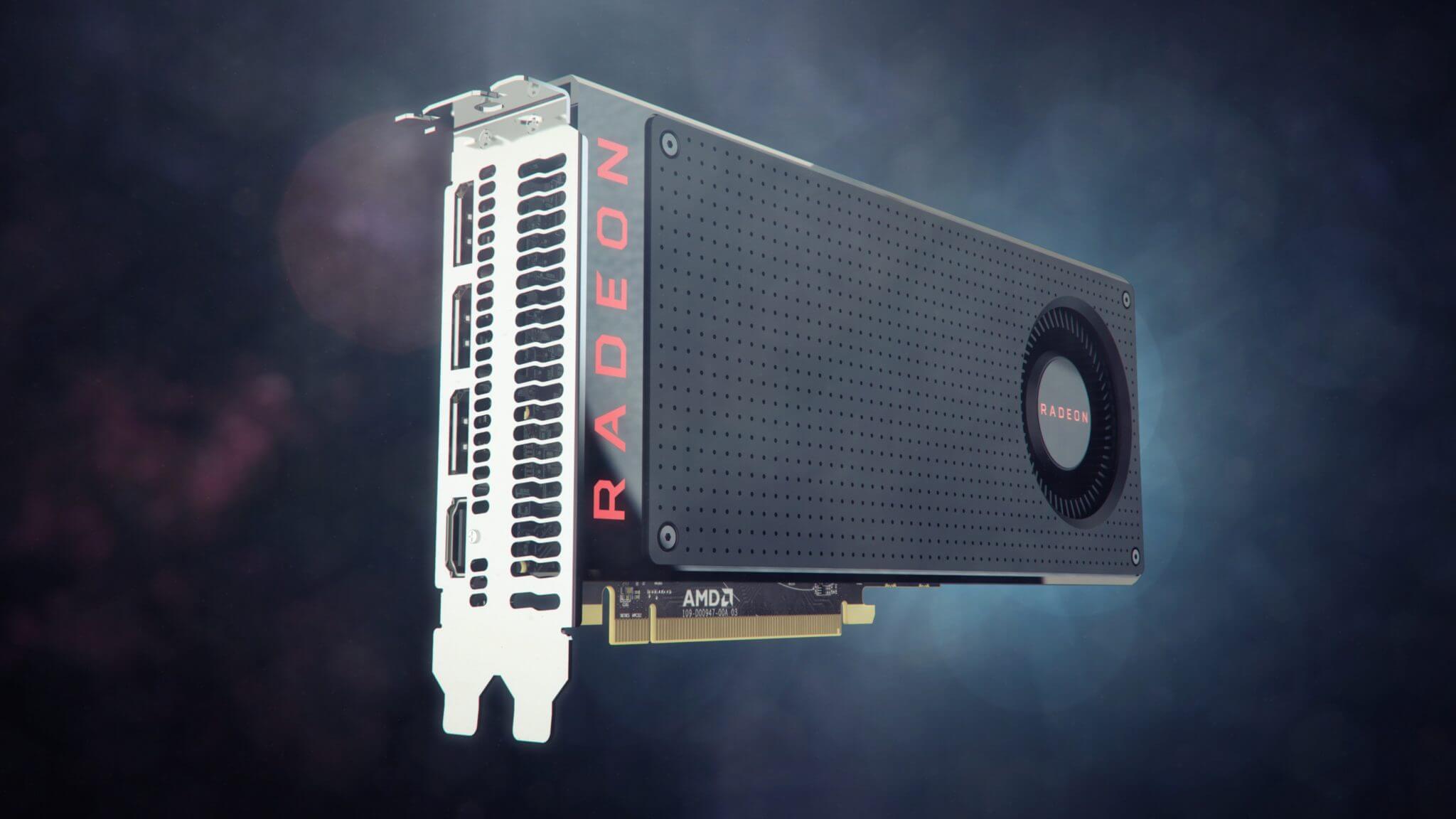

 You truly are a hypocrite. The fact they are old cards means that open source drivers are the best bet to keep them usable but due to circumstances created by Nvidia there is a problem with where you basically need to be lucky enough to have 1 variant over the other without ever having had the choice. The cards have the exact same name but different chips and capabilities which stop people from using them fully with open source drivers (it really isn't complicated unless you are insanely dumb
You truly are a hypocrite. The fact they are old cards means that open source drivers are the best bet to keep them usable but due to circumstances created by Nvidia there is a problem with where you basically need to be lucky enough to have 1 variant over the other without ever having had the choice. The cards have the exact same name but different chips and capabilities which stop people from using them fully with open source drivers (it really isn't complicated unless you are insanely dumb 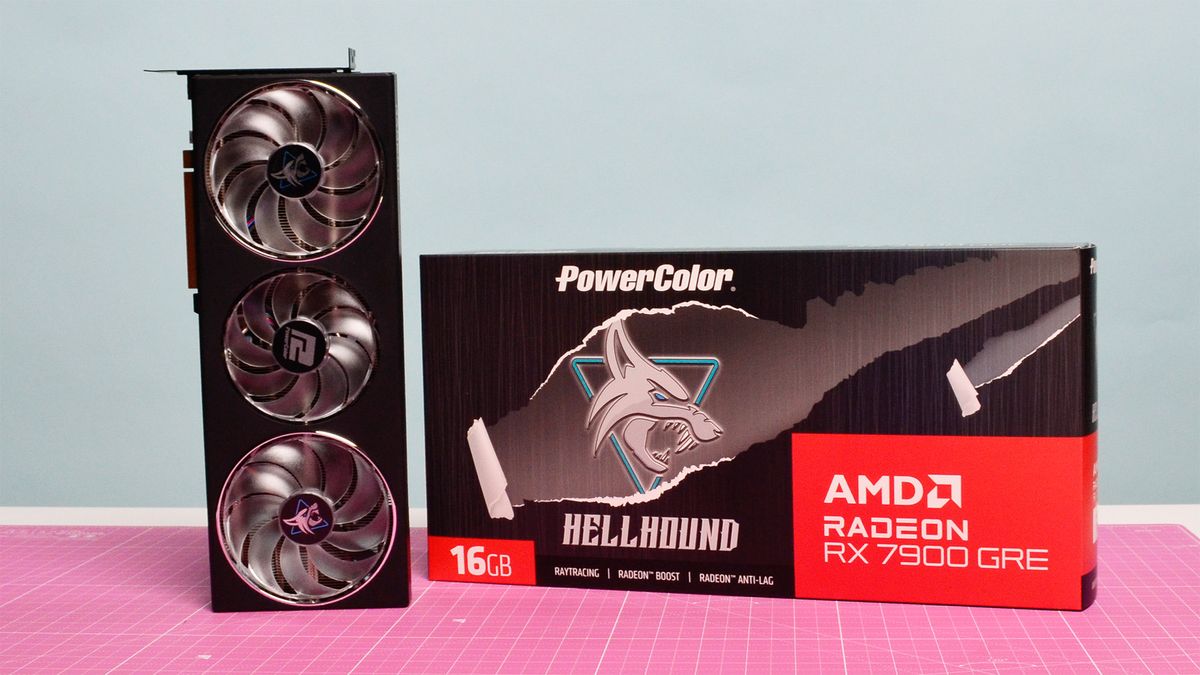
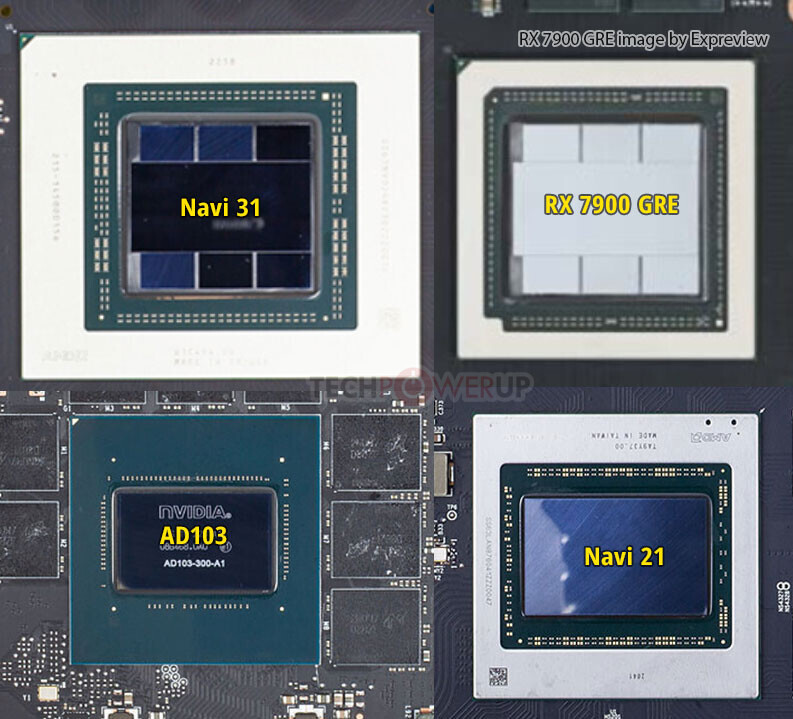
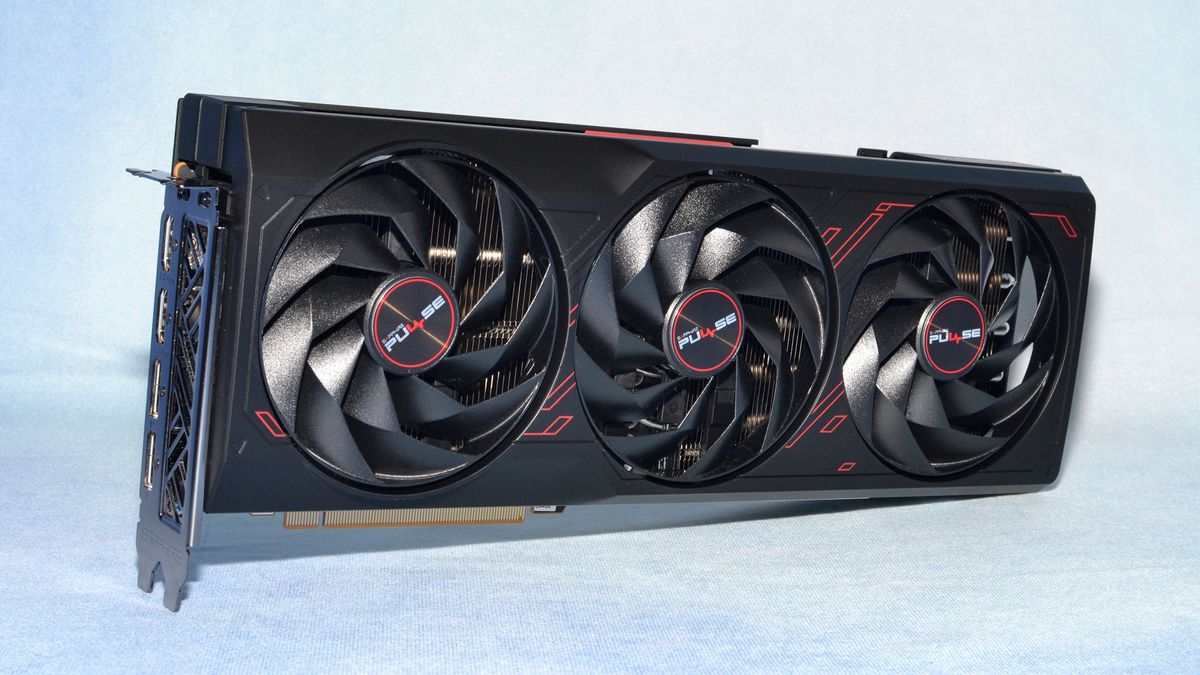
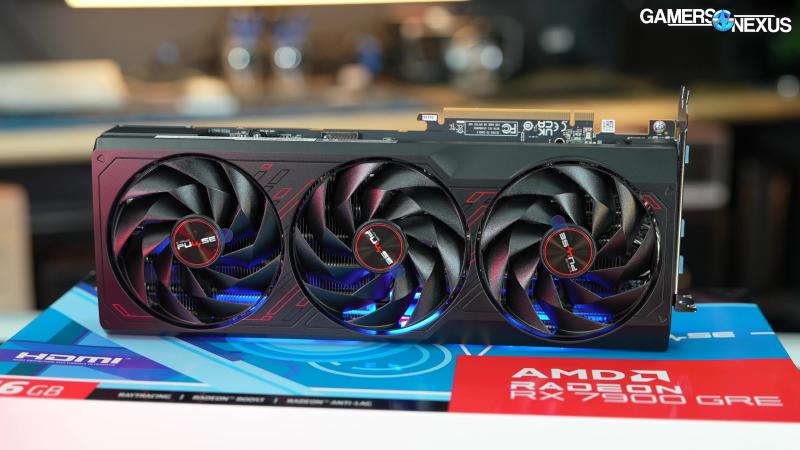
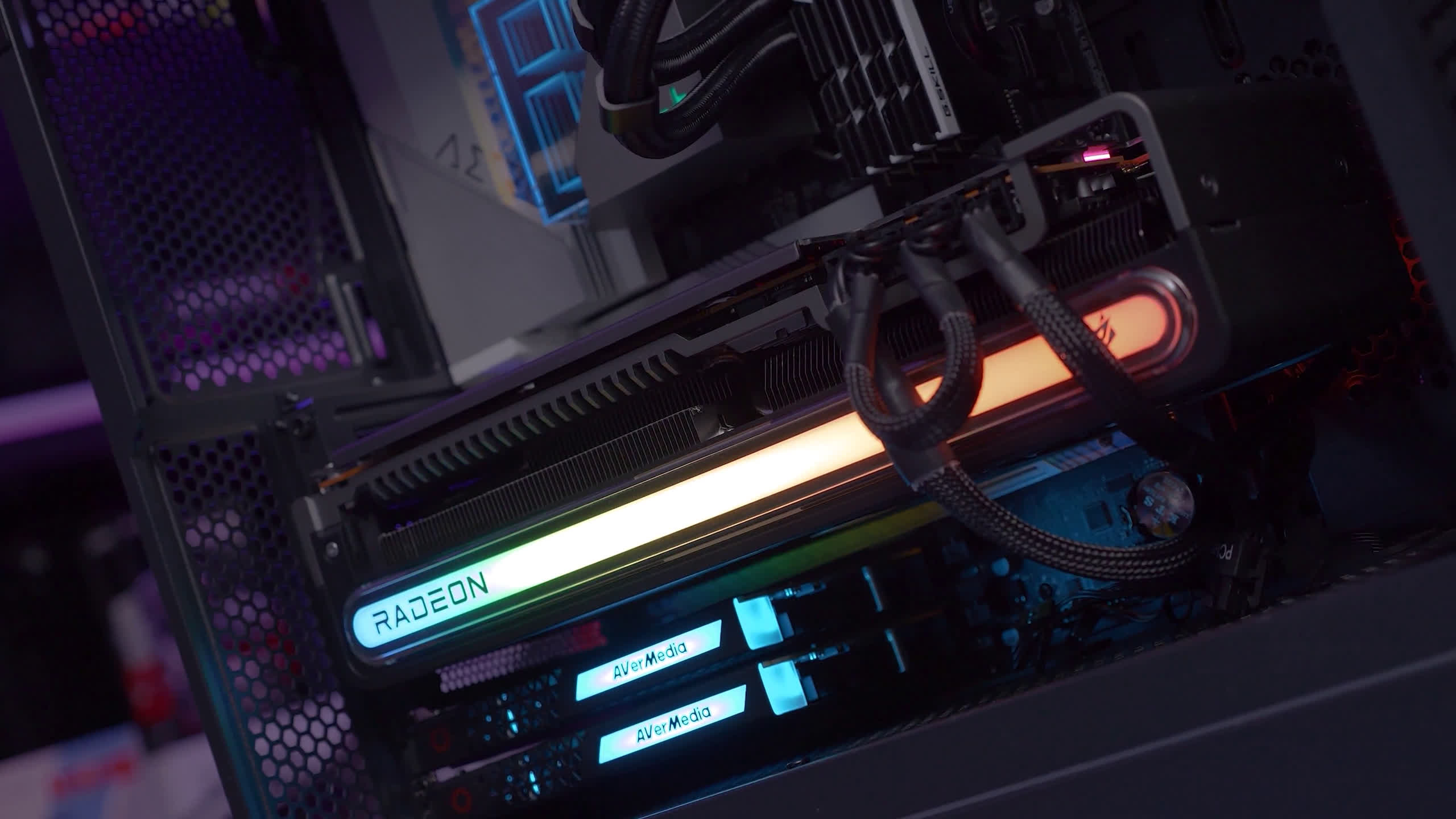

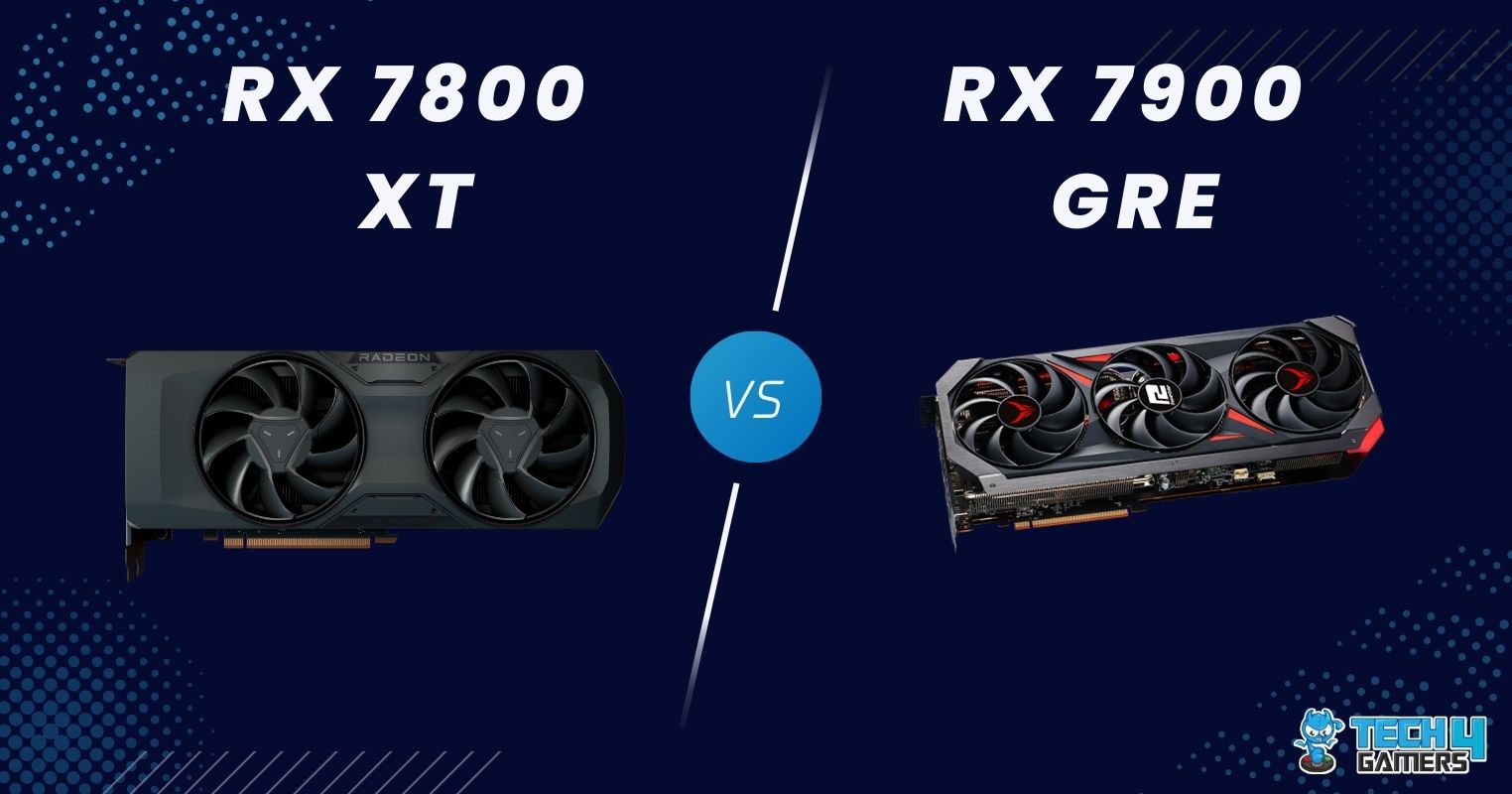

 !! You admit it is different but have to continue arguing about the name of a card while it is unrelated to the topic that was discussed previously, but hey progress I guess.
!! You admit it is different but have to continue arguing about the name of a card while it is unrelated to the topic that was discussed previously, but hey progress I guess.
Comment